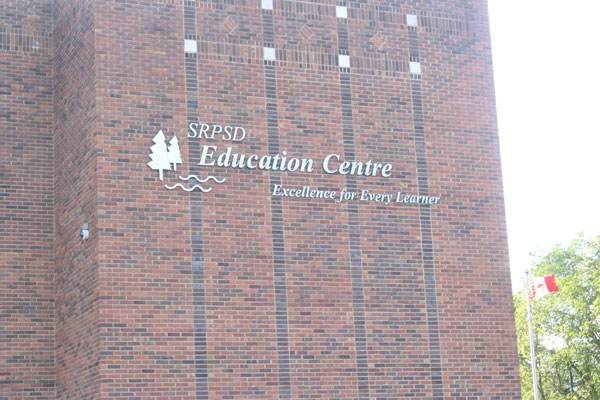Transportation, busing, roads, and management of routes for rural areas were some of the items discussed when local RM, village, and town representatives met with Saskatchewan Rivers School Division trustees on Tuesday, Nov. 29.
Education director Robert Bratvold said 10 reeves, mayors, and councillors were in attendance.
“We had lots more that weren’t able to come, but a really good conversation with those who were able to come,” Bratvold said.
Roads and student transportation were two of the biggest issues on the table. Bratvold said they are always looking for ways to make the journey as smooth as possible for students.
“We expressed our gratitude for the work that they (RMs and rural communities) do to keep the roads graded in summer and ploughed in the winter, and we talked about setting up routes that are efficient,” Bratvold said.
“We also talked about encouragement for any of their folks who might be interested in driving bus for us, part-time or seasonal opportunities, so a good conversation there.”
The school division is currently working on a complete facilities review under the direction of Prince Albert architectural firm AODBT and trustee Bill Yeaman, who chairs the Facilities Committee discussed the review and other topics that came from that. Bratvold also discussed the work Superintendent of Facilities Mike Hurd and his staff do to keep everything running properly.
The school division is looking for potential partners in rural areas who can use the schools for other functions.
“We have got lots of our rural schools that have potential space in them, so if the RM or the village or town has some things that they might want to seek space for, there are always opportunities for partnership,” Bratvold explained. “Particularly we talked about childcare, before and after school programming.”
Bratvold said having more childcare options close at hand can be a benefit.
“Those are really good things that can be in the community, keeping parents and kids and families in the community if they have childcare available to them while they go to work and those sorts of things so there is some mutual interest there too,” he said.
There was also a wide-ranging discussion around managing rural demographics.
“I mean it’s not surprising that much of rural Saskatchewan is being depopulated, so that has impacted schools,” Bratvold said.
The role of the school as a hub in the community means that the rural representatives are very supportive of them, according to Bratvold.
“There was really strong support among the RMs around the work that our schools do to connect with the community and support the community, so it’s trying to find ways to build and stabilize rural population and part of that is making sure there is a vibrant school. We had lots of good conversations around that.”
The province’s announcement about creating a Crown Corporation to centralize online learning was also discussed. Plans have not been finalized.
“Currently, our Distance Learning Centre operates in conjunction and has a really close connection with rural schools and if that is not the case it has the potential to take students out of their local school in particular in high school when credit offerings are hard to come by in a way, so there are potential repercussions there,” Bratvold said.
This led to a discussion around rural bandwidth which is something that the communities and divisions have a vested interest in.
“If you want to do specialized learning remotely in student’s homes then they need to have capacity to do that in terms of internet bandwidth,”
The Saskatchewan Association of Rural Municipalities is already doing work around rural bandwidth but both parties are interested.
“This is one of those mutual, we have some mutual interest in that. Absolutely, they want to make sure that their residents have access to the internet in equivalent ways to the rest of the population and we want to make sure our schools do and our students do as well,” Bratvold said.


